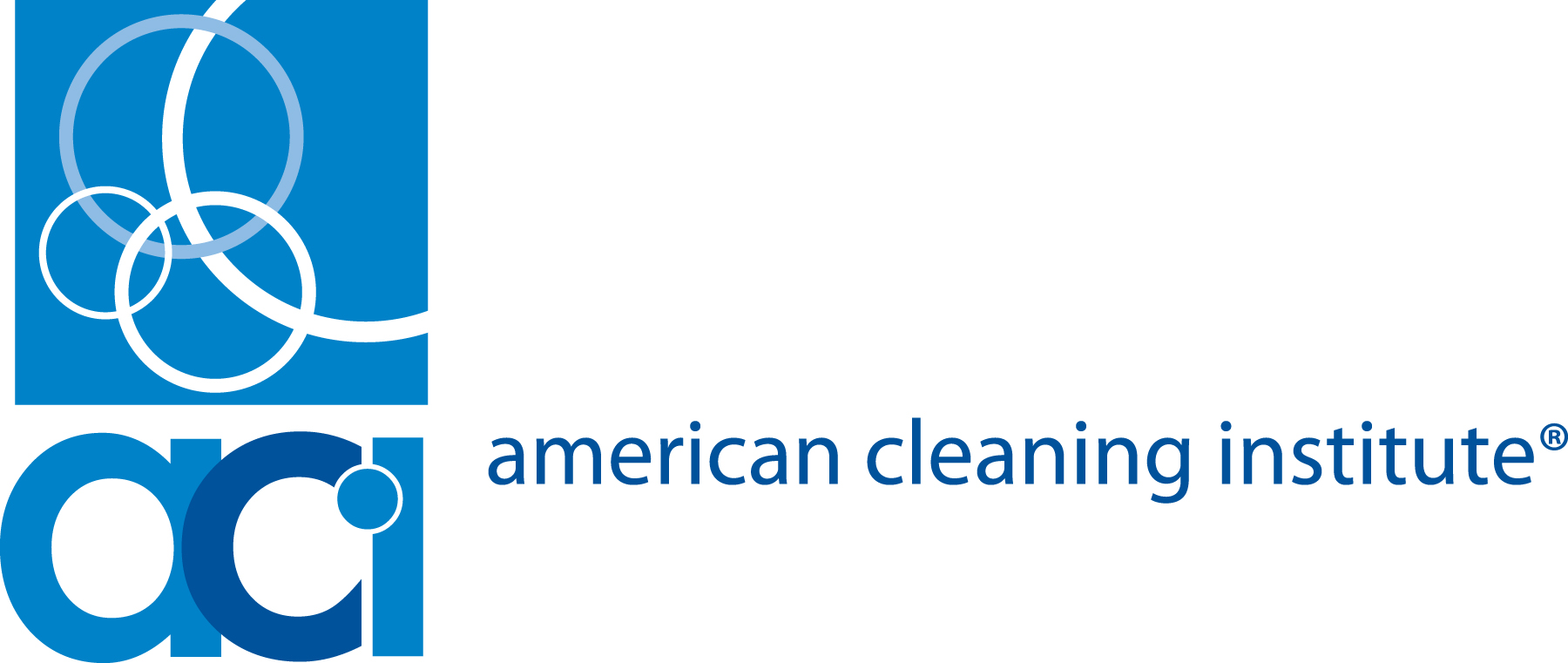Newswise — One-third of parents with school age children are sending personal hygiene products along with their kids to school, and one in five parents believe their children's school lacks proper hygiene and sanitation supplies.
Those are the results of the latest National Cleaning Survey released by The Soap and Detergent Association (SDA, http://www.cleaning101.com), the Home of the U.S. Cleaning Products Industry SM.
"Parents and caregivers are taking a more proactive role in helping their children stay healthy " by sending along products like sanitizers, gels and wipes in their kids' backpacks," said Nancy Bock, SDA Vice President of Education. " Today's new, waterless products make it easy and convenient for students to have clean hands at school, anywhere, anytime."
Interestingly, 70 percent of parents do believe that classrooms are a primary channel through which their children learn about proper hygiene, SDA's survey shows. Furthermore, 70 percent of parents also say that they themselves were influenced by educators when they were children.
Good School Hygiene " It's A SNAP!
In order to provide educators with better hygiene education tools, SDA and the U.S. Centers for Disease Control and Prevention (CDC) have created a program for middle schools across the country to make hand hygiene a priority for students, teachers, school health personnel, administrators, and parents.
The program, now in its third year, is called "Healthy Schools, Healthy People, It's a SNAP!" SNAP " the School Network for Absenteeism Prevention " is a hands-on initiative for middle schools that is designed to help keep students in school and learning by improving overall health through promoting clean hands.
Why Cleaning Matters
According to the CDC, handwashing is the single most important thing people can do to keep from getting sick and spreading illness. Why?
· Nearly 22 million school days are lost annually due to the common cold. · 52.2 million cases of the common cold affect Americans under age 17 each year. (CDC. Fast stats A to Z: Common cold. 1996)
A SNAP toolkit " available at http://www.itsasnap.org " includes handwashing facts and tips on integrating hand hygiene into the curriculum across disciplines from science to art.
Top Students Honored for Hand Hygiene Program
Each year, middle school SNAP participants are eligible to be considered for the National Recognition Program. The "Top Classroom" award includes an all-expense paid trip for three to Washington, D.C. and recognition at a special reception.
In 2003, students from Goodrich Middle School in Lincoln, Nebraska, were honored for their comprehensive handwashing campaign including a DVD movie on proper handwashing techniques, a computer slide presentation, T-shirts, bookmarks, and multilingual posters on good hand hygiene. The Goodrich campaign was then promoted school-wide and complemented by school nurse demonstrations and awards for students with low absenteeism.
In 2004, Crownover Middle School in Denton, Texas, received the Top Classroom Award. Several different departments joined together to implement their hand hygiene program. Science and math students took cultures and recorded data. Arts and skills-for-living students made posters in English and Spanish. Theater, technology, and language arts students collaborated on a hand hygiene video to premiere at a PTA meeting
The SNAP program is available to middle schools throughout the school year; the deadline for the National Recognition Program is March 1, 2005. For information on how to participate in the 2005 SNAP program, contact [email protected].
About SDA's National Cleaning Survey: The survey questions were asked of 557 American parents of children under the age of 15. The independent consumer research study was completed in April 2004, on behalf of The Soap and Detergent Association, by International Communications Research (ICR). The survey has a margin of error of plus or minus 4.15 percent.
SDA, the Home of the U.S. Cleaning Products Industry SM, represents manufacturers of household, industrial, and institutional cleaning products; their ingredients; and finished packaging; and oleochemical producers. SDA members produce more than 90 percent of the cleaning products marketed in the U.S. SDA is located at 1500 K Street, NW, Suite 300, Washington, DC 20005.
